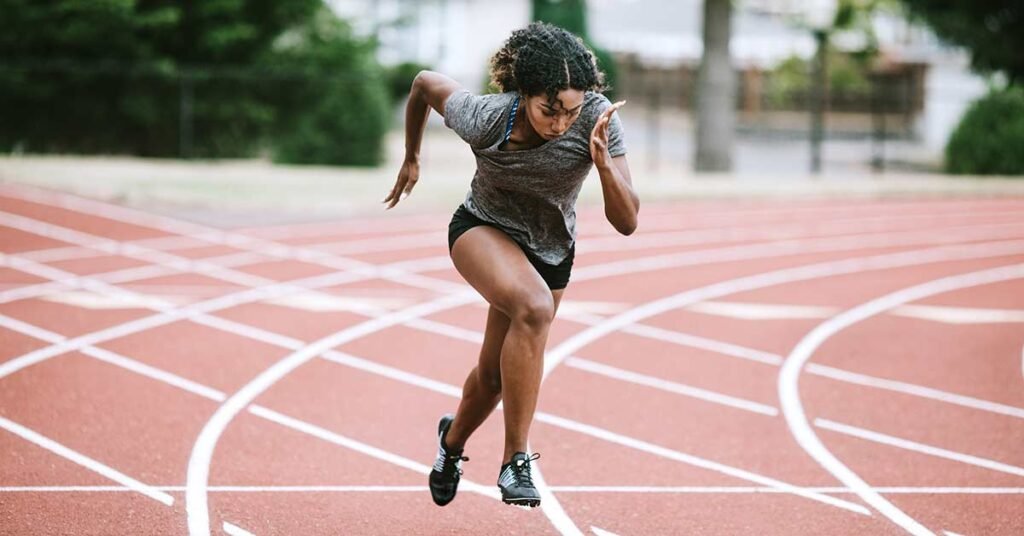How to Improve Speed for Urban Athletics
- By -Tierry
- Posted on
- Posted in Fitness Events
Improving speed is essential for urban athletes who navigate busy streets, parks, and outdoor spaces. Whether you’re training for a city marathon, urban trail running, or competitive street races, enhancing your speed requires a combination of training techniques, proper nutrition, and strategic recovery. Here’s a detailed guide on how to boost your speed and performance in urban athletics:

1. Interval Training
Interval training involves alternating between periods of high-intensity sprints and recovery periods of lower intensity. This method helps improve cardiovascular fitness, endurance, and speed. Find a flat or hilly urban route where you can perform intervals. Start with short bursts of sprinting followed by longer recovery jogs or walks. Gradually increase the intensity and duration of your sprints as your fitness improves.
2. Hill Repeats
Urban environments often offer plenty of opportunities for hill training, which builds strength and power in leg muscles essential for speed. Identify hills with varying gradients in your city or use parking garages for structured hill repeats. Sprint up the hill at maximum effort, focusing on driving your knees and using your arms for momentum. Walk or jog back down for recovery and repeat several times.
3. Plyometric Exercises
Incorporate plyometric exercises such as jump squats, box jumps, and bounding drills into your training regimen. These explosive movements improve muscle elasticity, power, and speed. Perform plyometrics on flat surfaces or in parks with open spaces to minimize impact and maximize effectiveness. Start with low reps and gradually increase as your strength and coordination improve.
4. Strength Training
Building strength in key muscle groups—especially legs, core, and upper body—supports speed development and reduces the risk of injury. Include exercises like squats, lunges, deadlifts, and calf raises in your strength training routine. Use bodyweight exercises or incorporate resistance bands, free weights, or gym machines available in urban fitness centers or outdoor gyms.
5. Sprint Drills
Practice sprint drills to refine running mechanics, stride length, and cadence. Incorporate drills like high knees, butt kicks, A-skips, and B-skips into your warm-up routine or as standalone workouts. Focus on maintaining proper form and maximizing speed during each drill repetition. Performing drills in open urban spaces or on tracks ensures safety and optimal performance.
6. Flexibility and Mobility Work
Maintaining flexibility and mobility is crucial for speed improvement and injury prevention. Incorporate dynamic stretches, yoga poses, or foam rolling sessions into your routine to improve joint range of motion, muscle elasticity, and recovery. Pay attention to areas prone to tightness, such as hamstrings, hip flexors, and calves, which can impact speed and running efficiency.
7. Proper Nutrition and Hydration
Fueling your body with nutrient-dense foods and staying hydrated are essential for optimal performance in urban athletics. Consume a balanced diet rich in lean proteins, complex carbohydrates, healthy fats, and vitamins/minerals to support muscle recovery and energy production. Stay hydrated throughout the day and during workouts, especially in urban environments where temperatures and humidity can vary.
8. Rest and Recovery
Allow adequate time for rest and recovery between training sessions to prevent overtraining and promote muscle repair. Aim for 7-9 hours of quality sleep each night to support recovery and overall performance. Incorporate active recovery activities such as light jogging, swimming, or yoga on rest days to enhance circulation and flexibility.
Conclusion
Improving speed for urban athletics requires dedication, consistency, and a structured training approach. By incorporating interval training, hill repeats, plyometrics, strength training, sprint drills, flexibility work, proper nutrition, hydration, and adequate rest into your routine, you can enhance your speed, endurance, and overall performance. Urban environments provide diverse training opportunities—from streets and parks to fitness centers and outdoor spaces—allowing you to tailor your workouts to meet your athletic goals. Stay motivated, track your progress, and enjoy the journey of becoming a faster and more efficient urban athlete. With perseverance and smart training strategies, you’ll achieve your speed goals and excel in your chosen urban athletic pursuits.


